Buying a car is often the second-largest financial decision most people make after purchasing a home. It’s not just about the upfront cost—it’s about what that vehicle will cost or contribute over its entire lifetime.
Some vehicles slowly but steadily pay for themselves over time, whether through low maintenance costs, excellent fuel efficiency, high resale value, or even income-generating potential.
Others, however, turn out to be financial black holes—vehicles that cost you money every single day in repairs, fuel, insurance, and depreciation. The difference between these two types of cars can mean thousands or even tens of thousands of dollars over the span of ownership.
In today’s economic landscape, where cost of living continues to rise and people are seeking ways to optimize every dollar, the financial performance of your car matters more than ever. People no longer just want a car that looks good—they want a car that works for them.
And in many cases, the car you choose can either become an asset or a liability. While most people pay attention to flashy features, horsepower stats, or aesthetic appeal at the time of purchase, fewer consider the long-term implications—what it will cost to maintain, how much it will depreciate, and how it will hold up after 100,000 miles. These are the hidden, ongoing costs that can quietly erode your financial health over time.
Some vehicles, especially those known for reliability, efficiency, and durability, can “earn” for their owners. This might mean saving money through low maintenance and fuel costs, holding a high resale value, or even allowing their owners to earn an income through ride-sharing, deliveries, or small business operations.
Vehicles like the Toyota Prius or Honda Civic have built reputations not just as cars, but as smart financial tools. Others, like the Ford Transit Connect or Toyota Tacoma, go beyond basic personal use and become active contributors to a person’s income or business. These vehicles continue to “work” in the background, offering peace of mind and practical utility that’s hard to put a price on—though your wallet will certainly notice the difference.
On the flip side, there are vehicles that look good on the showroom floor but slowly become financial burdens. These cars typically cost far more to maintain than anticipated, suffer from rapid depreciation, drink gas like it’s free, or require constant repairs that disrupt your daily life and budget.
Luxury cars like the BMW 7 Series or high-maintenance SUVs like the Range Rover may offer a plush ride, but over time, their ownership can feel like being on a sinking ship with no lifeboat. Every trip to the mechanic is another drain on your finances, and with insurance and fuel bills piling on top, the total cost of ownership becomes overwhelmingly high.
And it’s not just high-end luxury vehicles that come with these hidden costs—plenty of mid-range or once-affordable cars like older Volkswagen Passats or Jeep Grand Cherokees have developed reputations for unreliability and financial inefficiency. Even if the sticker price seems reasonable, the true cost of ownership tells a different story. In fact, many of these cars depreciate so quickly and break down so often that they wind up costing far more over five or ten years than more expensive but reliable alternatives.
This article isn’t just a list of popular or unpopular cars. It’s a deep dive into the financial anatomy of ownership—how some vehicles continue to provide value long after the novelty wears off, and how others gradually drain your bank account.
Whether you’re shopping for a car now, thinking about switching vehicles, or evaluating the one you already own, understanding how a vehicle behaves in the long run is crucial. Cars are more than just transportation—they’re monthly financial commitments. And like any investment, your choice should be driven by returns.
In the sections that follow, we’ll explore five cars that “keep earning”—vehicles known for their low total cost of ownership, strong resale value, or potential to generate income.
Then we’ll contrast them with five cars that “cost you daily”—vehicles that, while they may appear appealing at first glance, often end up being disproportionately expensive to own. By the end of this article, you’ll have a clearer sense of which cars are financial allies—and which ones are liabilities waiting to happen.
ALSO READ: 5 Pickups With the Best Factory Running Boards and 5 Needing Aftermarket
5 Long-Term Cars That Keep Earning
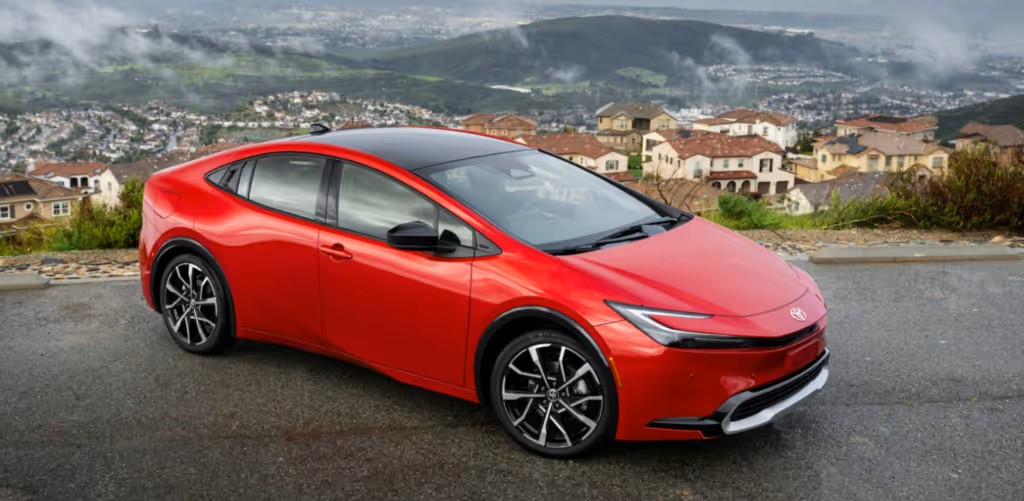
1. Toyota Prius
The Toyota Prius has firmly established itself as a benchmark in hybrid technology and long-term value. It revolutionized the auto industry by popularizing hybrid powertrains that combine gasoline engines with electric motors to maximize fuel efficiency.
Over the years, this model has consistently delivered on its promise of saving money at the pump, with real-world mileage often surpassing 50 miles per gallon in combined city and highway driving. In an era where fuel prices can swing dramatically and unpredictably, the Prius offers a reliable buffer against market volatility.
Drivers who rack up high mileage appreciate the tangible savings in fuel costs, sometimes amounting to thousands of dollars annually compared to traditional gasoline vehicles. This alone makes it an appealing long-term asset, especially for commuters, delivery drivers, and those engaged in gig economy work.
Reliability is another pillar of the Prius’s long-term value. Unlike many hybrids that suffer from expensive battery replacements or complex electronic failures, the Prius has a proven track record for durability. Many Prius owners report their vehicles running smoothly past 200,000 miles with minimal major repairs.
Toyota’s hybrid battery packs, which were once a source of skepticism, have improved significantly, often lasting well beyond 150,000 miles without replacement. Even when a battery eventually does fail, the cost of replacement has been decreasing as the technology matures and aftermarket parts become available. Furthermore, Toyota offers generous warranties and support programs for its hybrid components, which reduces the financial risk for owners over the vehicle’s lifespan.
Beyond fuel and maintenance savings, the Toyota Prius holds its value exceptionally well in the used car market. Hybrid technology has become increasingly mainstream, but the Prius still commands a premium due to its reputation for reliability and efficiency.
This sustained demand helps maintain higher resale prices compared to similarly aged vehicles, offsetting depreciation, one of the biggest hidden costs of car ownership. In fact, when it comes time to sell, Prius owners often find that their vehicles have retained a significant portion of their initial purchase price, enabling them to recoup much of their investment.
This resale strength also means the Prius is a highly liquid asset; owners can quickly find buyers and receive competitive offers, reducing the financial risks associated with stagnant or unsellable vehicles.
Finally, the Prius’s practical design and usability extend its value into income-earning opportunities. Its spacious interior and large cargo capacity make it an ideal choice for ride-sharing drivers, delivery couriers, and mobile service providers. The quiet hybrid engine and comfortable ride enhance the passenger experience, which can lead to better ratings and more repeat business in gig economy roles.
Additionally, the Prius’s low running costs allow owners to keep more of their earnings. For many, this combination of savings and income potential means the Prius doesn’t just pay for itself; it actively contributes to their financial well-being over the long haul.

2. Honda Civic
The Honda Civic stands as a shining example of how smart engineering, affordability, and reputation combine to create a vehicle that consistently earns its keep over time. Since its debut in the early 1970s, the Civic has evolved into one of the world’s best-selling compact cars, known for blending economy with performance.
One of the biggest financial advantages the Civic offers is its remarkably low cost of ownership. From insurance premiums that are often lower than average to fuel-efficient engines that sip gasoline modestly, the Civic is designed to minimize the recurring expenses that drain most owners’ wallets. In an era of rising costs for fuel, parts, and labor, owning a Civic can be a form of financial insulation.
The engineering behind the Civic contributes significantly to its legendary reliability. Honda engines and transmissions are famously robust, with many Civics easily surpassing 200,000 miles with nothing more than routine oil changes, brake work, and occasional tire replacements.
The mechanical simplicity and widespread availability of parts keep repair costs manageable, especially compared to luxury or European cars where specialized service and rare components drive up bills. Moreover, the vast network of experienced mechanics familiar with Civics means diagnostic times are shorter and fixes more straightforward, leading to fewer surprises and budget shocks.
This longevity means Civic owners don’t need to worry about replacing their vehicles frequently, allowing them to amortize the initial cost over many years.
The Civic’s strong resale value further strengthens its long-term financial appeal. Certain trims and model years, especially those with sportier features or manual transmissions, have become coveted by enthusiasts and collectors alike. This demand helps keep resale prices buoyant even after many years on the road.
The civic’s reputation for reliability and quality means it’s often one of the highest-ranked cars in depreciation studies, giving owners a better return when it’s time to sell or trade in. This characteristic turns the Civic into more than just a mode of transport—it becomes an investment with tangible monetary returns down the line.
Finally, the Civic’s versatility extends beyond just personal use. Its efficiency, ease of maintenance, and dependable nature make it a favorite among part-time ride-share drivers, freelance couriers, and students. Many people rely on their Civics not only to get from point A to B but also as income-generating assets in the gig economy.
Whether transporting passengers, delivering food, or hauling small goods, the Civic’s low operating costs enable owners to keep a higher share of their earnings. The peace of mind that comes with driving a well-built, low-maintenance vehicle is a hidden form of wealth, making the Honda Civic a financial winner in both everyday and entrepreneurial settings.
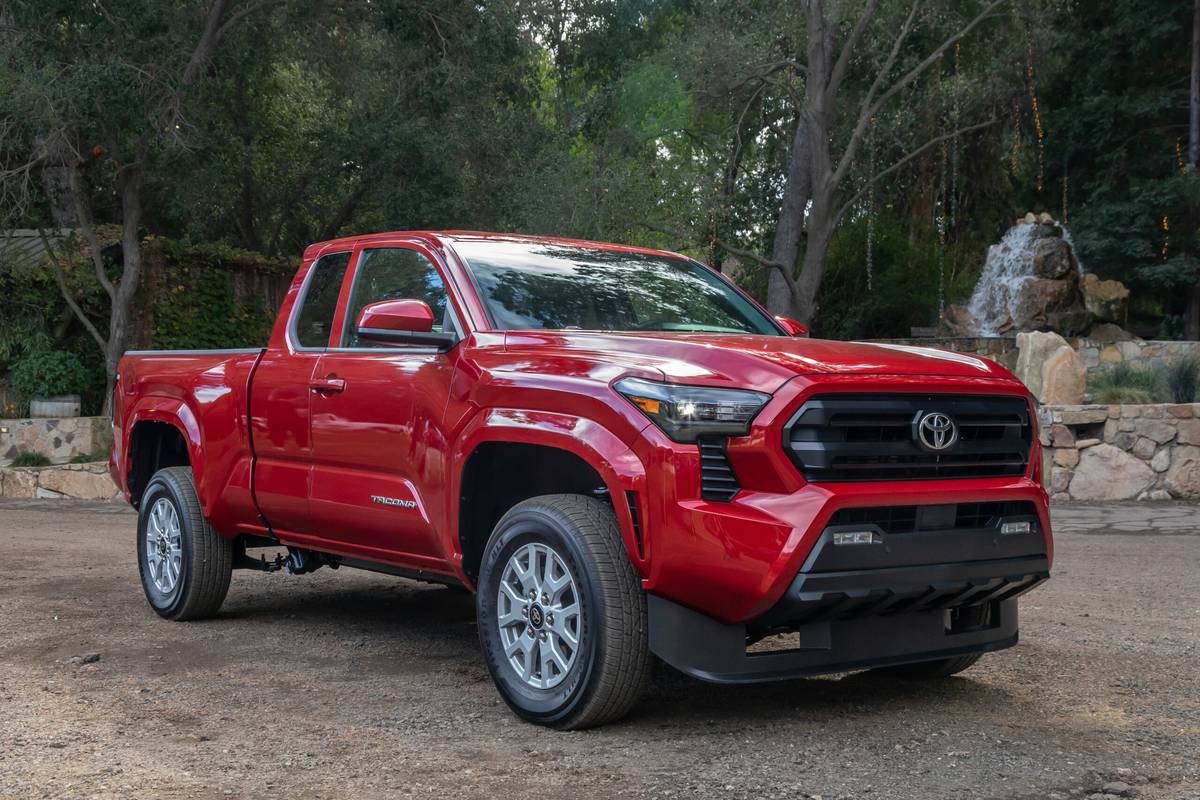
3. Toyota Tacoma
The Toyota Tacoma has earned an almost legendary status among mid-size pickup trucks, largely due to its unmatched reputation for reliability and value retention. Unlike many vehicles that suffer steep depreciation after just a few years, Tacomas tend to defy the norm by maintaining a high percentage of their original value well into their second decade of use.
This remarkable holding power stems from a combination of factors: Toyota’s engineering prowess, a devoted customer base, and the truck’s exceptional performance both on- and off-road. For many owners, the Tacoma is more than a truck—it’s a long-term financial asset that delivers dependable utility and impressive resale potential.
One of the most compelling reasons the Tacoma continues to earn is its bulletproof build quality. These trucks are engineered to handle heavy-duty workloads and challenging terrain with minimal fuss. Whether towing trailers, hauling gear for work, or navigating rugged off-road trails, Tacomas are known for their durability and toughness.
Many owners report trucks that have crossed 300,000 miles without major mechanical failures, which is extraordinary in the world of pickup trucks. Toyota’s careful attention to drivetrain components, suspension durability, and rust resistance means fewer costly repairs and longer life spans compared to many competitors.
Beyond the hardware, the Tacoma benefits from a vibrant aftermarket and enthusiast community. This network ensures a steady supply of affordable replacement parts and upgrades that can extend the vehicle’s useful life even further. The wide availability of parts also reduces the cost and downtime of repairs, enabling owners to keep their Tacomas running reliably without breaking the bank.
Insurance premiums are generally reasonable given the vehicle’s size and purpose, and many insurance providers recognize the Tacoma’s reputation for safety and reliability, which further reduces overall ownership costs.
Lastly, the Tacoma’s strong cultural appeal and market demand create a financial ecosystem that keeps it “earning” for owners. Because of its reputation and desirability, Tacomas are often in high demand in the used market, especially in regions where trucks are essential for work or outdoor activities.
This demand helps owners recoup a substantial portion of their investment when selling or trading in. The truck’s versatility as a tool for income—whether in construction, landscaping, or outdoor adventure businesses—means it can literally pay for itself through work opportunities. All these factors combine to make the Toyota Tacoma a rare breed: a vehicle that delivers utility, durability, and long-term financial value.
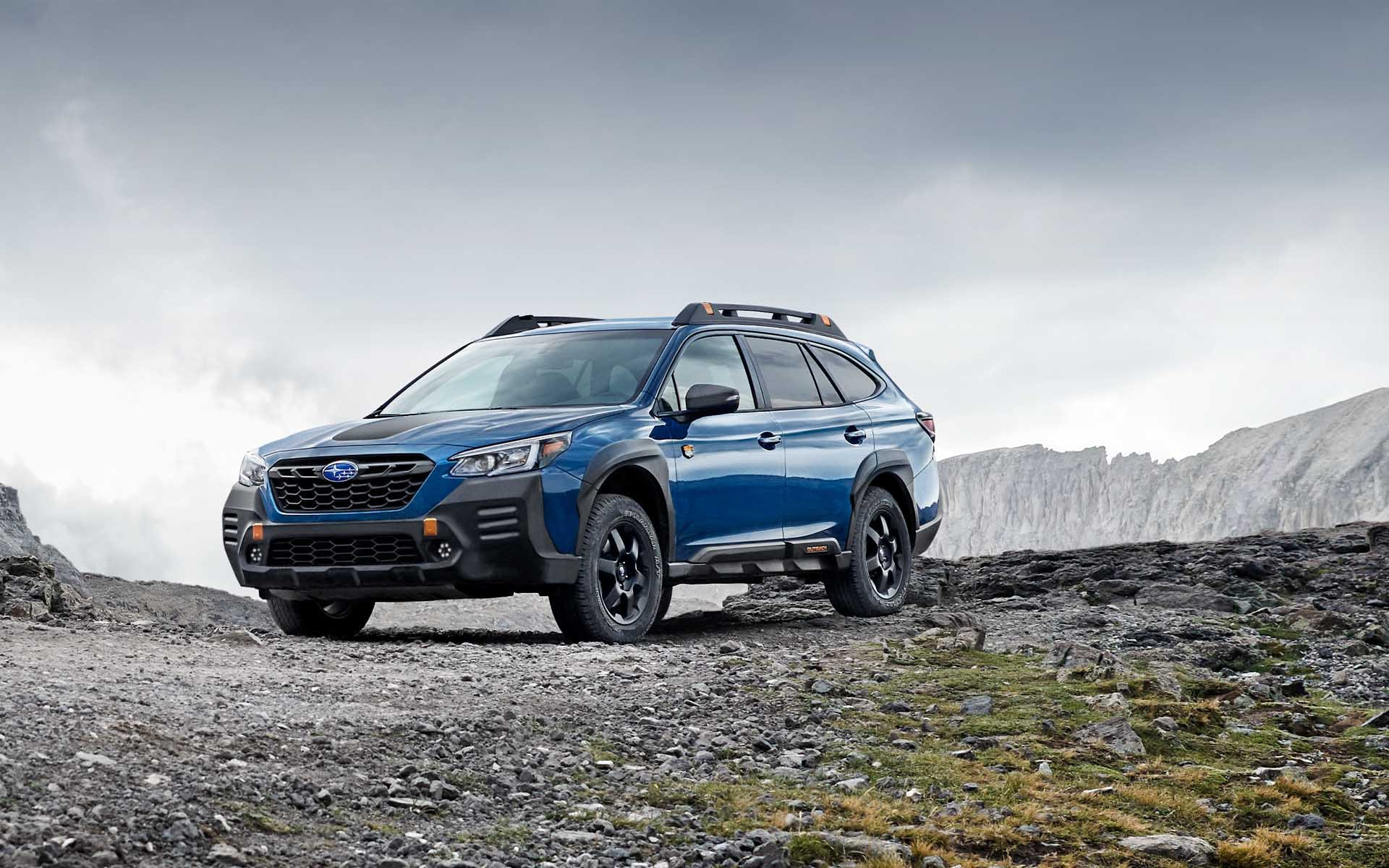
4. Subaru Outback
The Subaru Outback represents a unique blend of car-like comfort and SUV-like utility, carving out a special niche for owners seeking versatility without sacrificing economy. Its standard all-wheel-drive system offers excellent traction and stability across diverse conditions, from snowy mountain passes to rainy urban streets.
This combination makes the Outback especially appealing in climates where weather can be unpredictable and challenging. Unlike larger SUVs, the Outback maintains relatively good fuel economy, providing a cost-effective solution for those who require capability without the traditional costs of bigger vehicles.
Mechanically, the Outback has built a solid reputation for longevity. Subaru’s boxer engines, though sometimes controversial due to specific mechanical issues, generally last a long time when properly maintained. Many owners report their Outbacks easily reaching 200,000 miles and beyond.
Routine maintenance such as oil changes, brake servicing, and timing belt replacements are predictable expenses that can be budgeted for years in advance. Additionally, the extensive community of Subaru enthusiasts contributes to a wealth of knowledge on DIY repairs and maintenance tips, which can help owners save significant money by avoiding costly dealership visits.
The Outback’s appeal also lies in its multi-purpose nature. It functions equally well as a family vehicle, a daily commuter, and an outdoor adventure rig. Its roomy interior and flexible cargo space allow owners to consolidate multiple needs into a single vehicle, eliminating the expense of owning additional cars or specialty vehicles.
For many, this consolidation translates into fewer total expenses—lower insurance, reduced registration fees, and simplified maintenance schedules. The Outback’s ability to adapt to different lifestyles increases its utility and therefore its overall value proposition.
Moreover, the Outback’s steady resale value reflects its enduring popularity. Demand for used Outbacks remains strong, particularly in regions that experience harsh winters or have a culture of outdoor recreation. Many owners find it easy to sell or trade their vehicles at prices that retain a solid portion of the original purchase price.
Its use as a platform for mobile businesses—such as pet transport, outdoor guiding, or food delivery—further adds to its earning potential. In sum, the Subaru Outback is a vehicle that not only saves money but actively contributes to its owner’s financial stability over the long term.
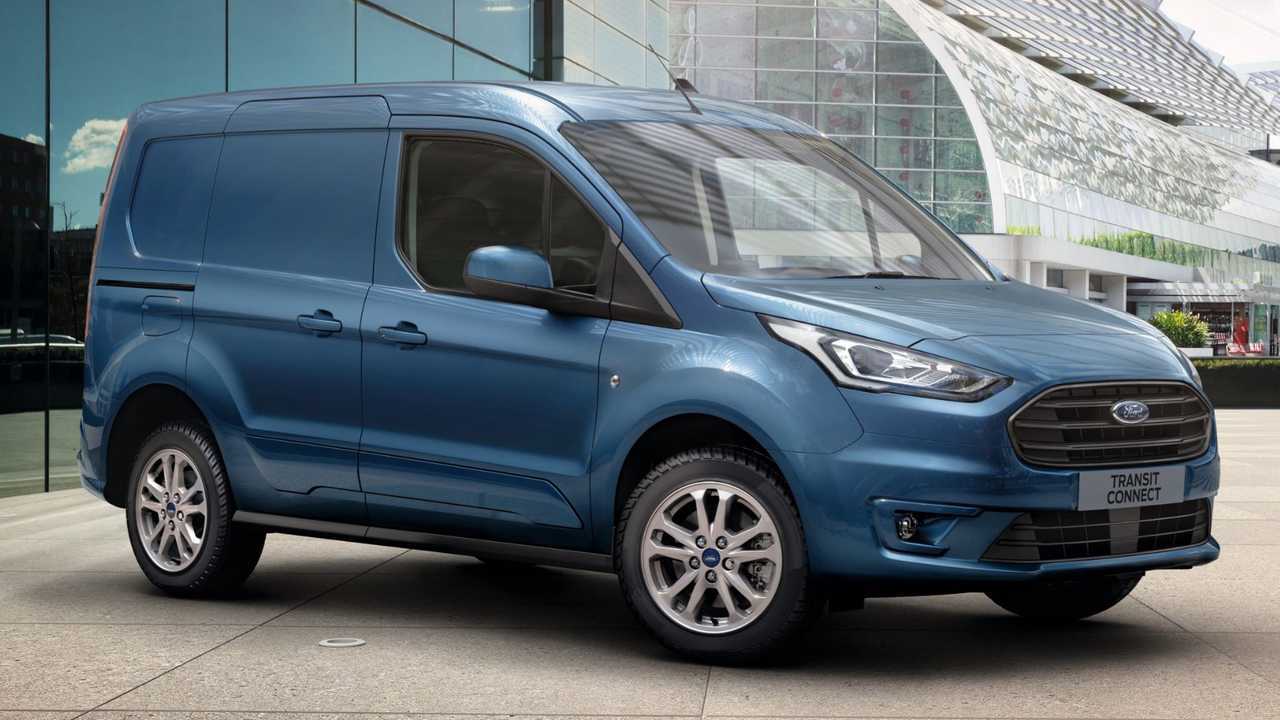
5. Ford Transit Connect
Though it may not grab headlines like luxury SUVs or sporty sedans, the Ford Transit Connect is a quiet champion for those looking to turn vehicle ownership into a source of income rather than expense. This compact cargo van is engineered with small business owners and entrepreneurs in mind, offering a versatile platform that maximizes utility in a manageable package.
Its compact size makes it easy to navigate crowded urban environments while still providing ample space for tools, inventory, or equipment. For many, this vehicle becomes an extension of their business, a rolling workshop, or a mobile storefront that directly supports revenue generation.
The Transit Connect’s operating costs are surprisingly low for a commercial vehicle. Its fuel economy outperforms larger vans, translating into significant savings over time, especially for those who use it extensively for deliveries or service calls.
Maintenance costs are also reasonable because of its relatively simple mechanical design and widespread availability of parts. Unlike larger commercial vehicles that require specialized service, the Transit Connect can often be maintained at local shops with no specialized tooling, keeping labor expenses down and repair turnaround times fast.
What truly sets the Transit Connect apart is its adaptability. Small business owners across industries—from florists and caterers to mobile pet groomers and tradespeople—have embraced the vehicle for its customizable interior and ease of use.
Many owners outfit their vans with shelves, refrigeration units, or specialized storage that transform it into a powerful business asset. This flexibility means the van doesn’t just reduce costs but actively enables earning, turning what would otherwise be a liability into a key income generator.
Finally, depreciation on the Transit Connect is relatively slow compared to passenger cars, largely due to consistent demand in the commercial sector. Used models are highly sought after by small businesses and fleet operators, helping sellers recoup a good portion of their investment.
The Transit Connect proves that with the right vehicle, ownership is not just a daily cost—it’s an opportunity to build a sustainable income stream. Its blend of economy, utility, and durability makes it one of the smartest choices for long-term earning potential.
5 Cars That Cost You Daily
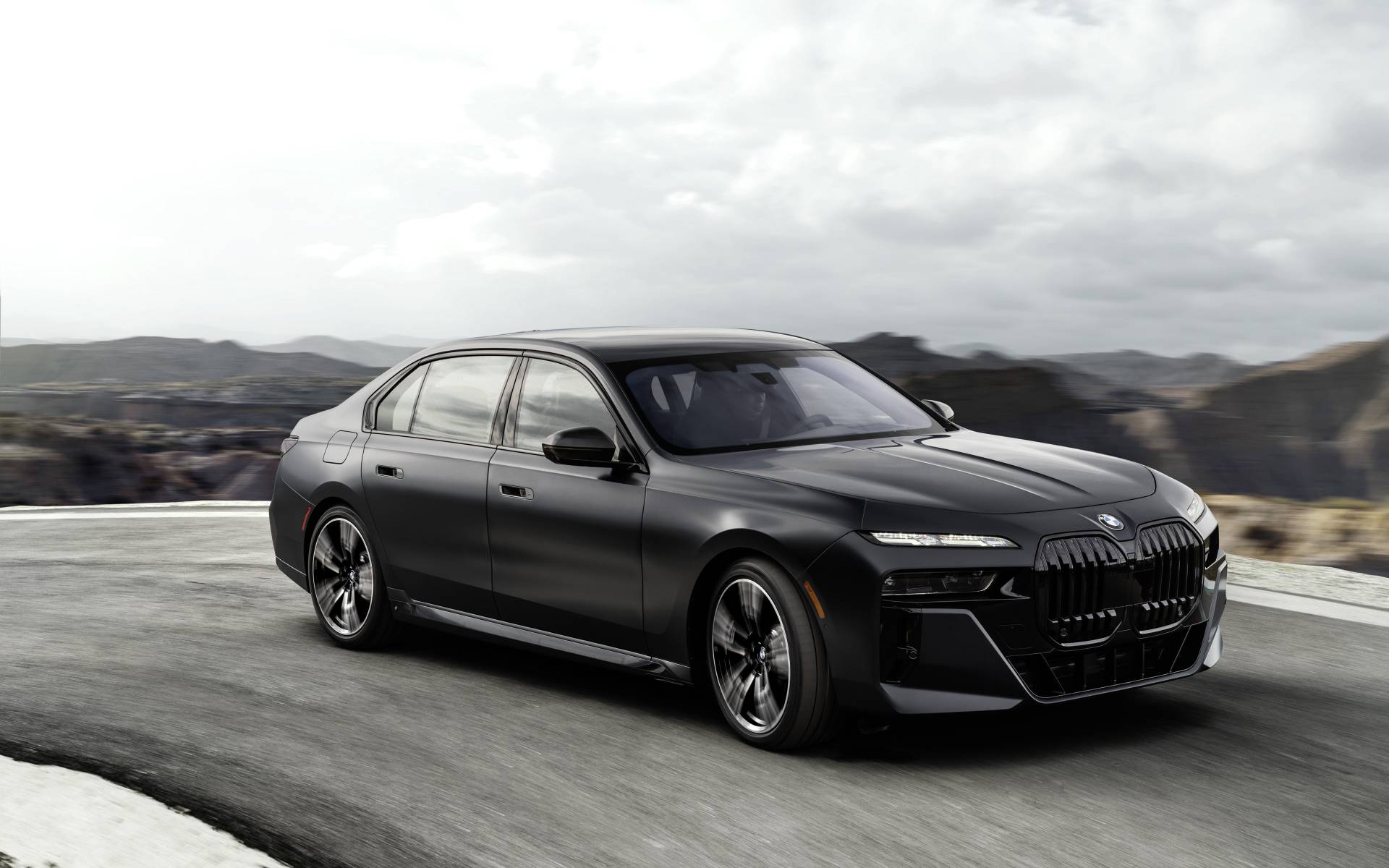
1. BMW 7 Series
The BMW 7 Series is often admired for its blend of luxury, advanced technology, and performance, but owning one can be a continuous financial headache that drains your resources day after day. While the initial purchase price is high, the true long-term cost of the 7 Series becomes apparent only after you start owning it.
Luxury cars like this are notorious for their steep depreciation rates, meaning that the moment you drive off the dealership lot, the vehicle loses a significant chunk of its value. Unlike more practical cars that retain resale value better, the 7 Series plummets, sometimes losing more than half its original price within a few years. This rapid depreciation creates an enormous hidden cost for owners who might want to upgrade or sell down the line.
Maintenance and repair costs for the 7 Series are another major financial drain. BMWs, especially the flagship 7 Series, are packed with complex technology and high-end parts that require specialized care. Routine maintenance, which includes oil changes, brake servicing, and tire replacements, comes with a premium price tag.
But beyond routine care, these vehicles tend to experience expensive repairs—ranging from electronic system failures, air suspension issues, to transmission problems—that can cost thousands of dollars per visit. Labor costs are high because only specialized BMW technicians typically service these cars, and the parts are often imported and expensive.
This means that owners can expect ongoing, costly maintenance bills that don’t just happen occasionally—they can become a regular monthly burden.
Fuel consumption also contributes heavily to the daily costs of owning a 7 Series. Despite being packed with advanced technology, the 7 Series remains a large, powerful luxury sedan with V8 or even V12 engine options, which guzzle fuel at rates far above the average vehicle.
Even the turbocharged six-cylinder models don’t offer great mileage. For daily drivers, especially those commuting long distances or in stop-and-go traffic, this translates to frequent fuel stops and a very heavy monthly fuel bill. When gas prices spike, the financial pain intensifies, making it a particularly inefficient choice for anyone mindful of ongoing expenses.
Finally, insurance premiums for a vehicle of this caliber tend to be significantly higher than average. The 7 Series is an expensive vehicle to insure due to its high repair costs, increased likelihood of theft, and overall value. Insurance companies factor in the price of parts, repairs, and replacement costs when setting premiums, and luxury cars like the BMW 7 Series push those premiums into a costly bracket.
When you add together depreciation, fuel costs, insurance, and maintenance, the BMW 7 Series becomes a vehicle that not only loses value fast but also actively drains your wallet day by day, making it a financial liability rather than an asset.
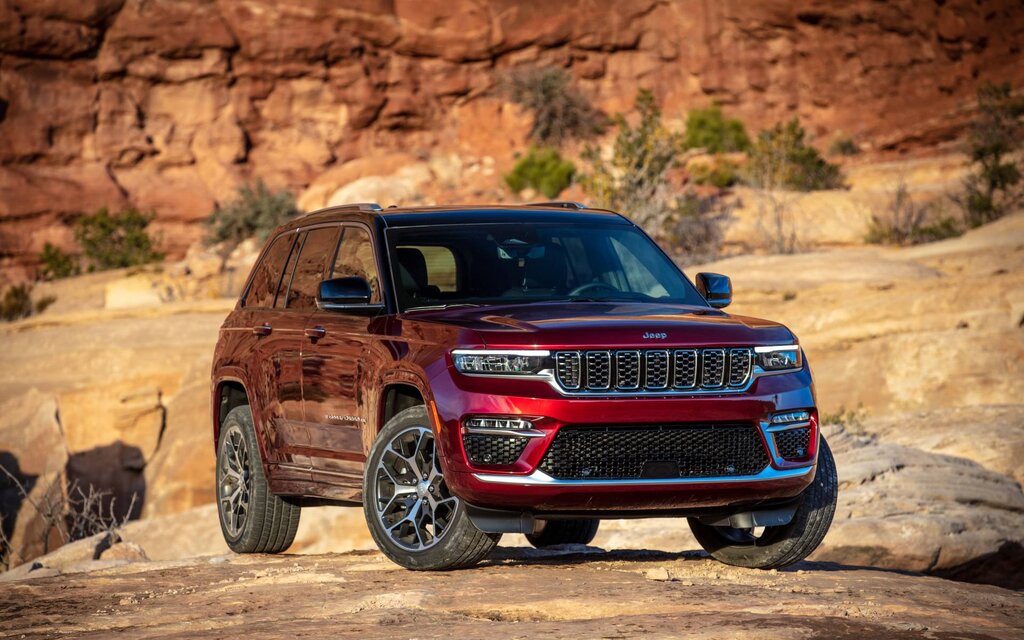
2. Jeep Grand Cherokee (Older Models)
The Jeep Grand Cherokee, particularly in older model years, has long been criticized for being a money pit disguised as a rugged SUV. While it promises off-road capability and spacious interiors, its ownership costs can quickly escalate beyond reasonable limits.
Many Grand Cherokee models, especially those from the early to mid-2000s, suffer from chronic reliability issues that result in frequent and costly repairs. Problems with the transmission, electrical systems, suspension components, and engine sensors are commonplace. These issues don’t appear as one-off repairs but often accumulate, turning the vehicle into a constant headache for owners.
In addition to frequent breakdowns, the Grand Cherokee’s fuel economy is notoriously poor, especially with the larger V8 engines that many models come equipped with. Even newer versions, while improved, can’t escape the reputation for guzzling gas in city driving and off-road conditions.
For daily commuters or families, the impact of this poor fuel efficiency becomes a significant recurring expense. Rising fuel prices exacerbate this issue, turning the SUV’s thirst for premium gasoline into a relentless financial drain. When you combine that with the frequent repairs, the cost of keeping a Grand Cherokee running can easily surpass that of many luxury vehicles.
Another major contributor to the Grand Cherokee’s costliness is its depreciation pattern. Unlike the Toyota trucks or Hondas that hold their value well, many older Grand Cherokees lose value quickly.
This steep depreciation means that owners receive very little return on investment when selling or trading the vehicle. In some cases, resale values are so low that owners find themselves “upside down” on their loans, owing more than the vehicle is worth. This can create financial stress and discourages long-term ownership unless owners are willing to absorb these losses.
Finally, insurance for the Jeep Grand Cherokee can be surprisingly high, especially for models associated with higher accident rates or theft. The complexity of repairs and the availability of parts also drive insurance premiums up. This adds another layer of cost that is often overlooked when purchasing the vehicle. In summary, the Jeep Grand Cherokee, particularly older models, can feel like a never-ending financial drain where every day of ownership comes with hidden costs that chip away at your budget.
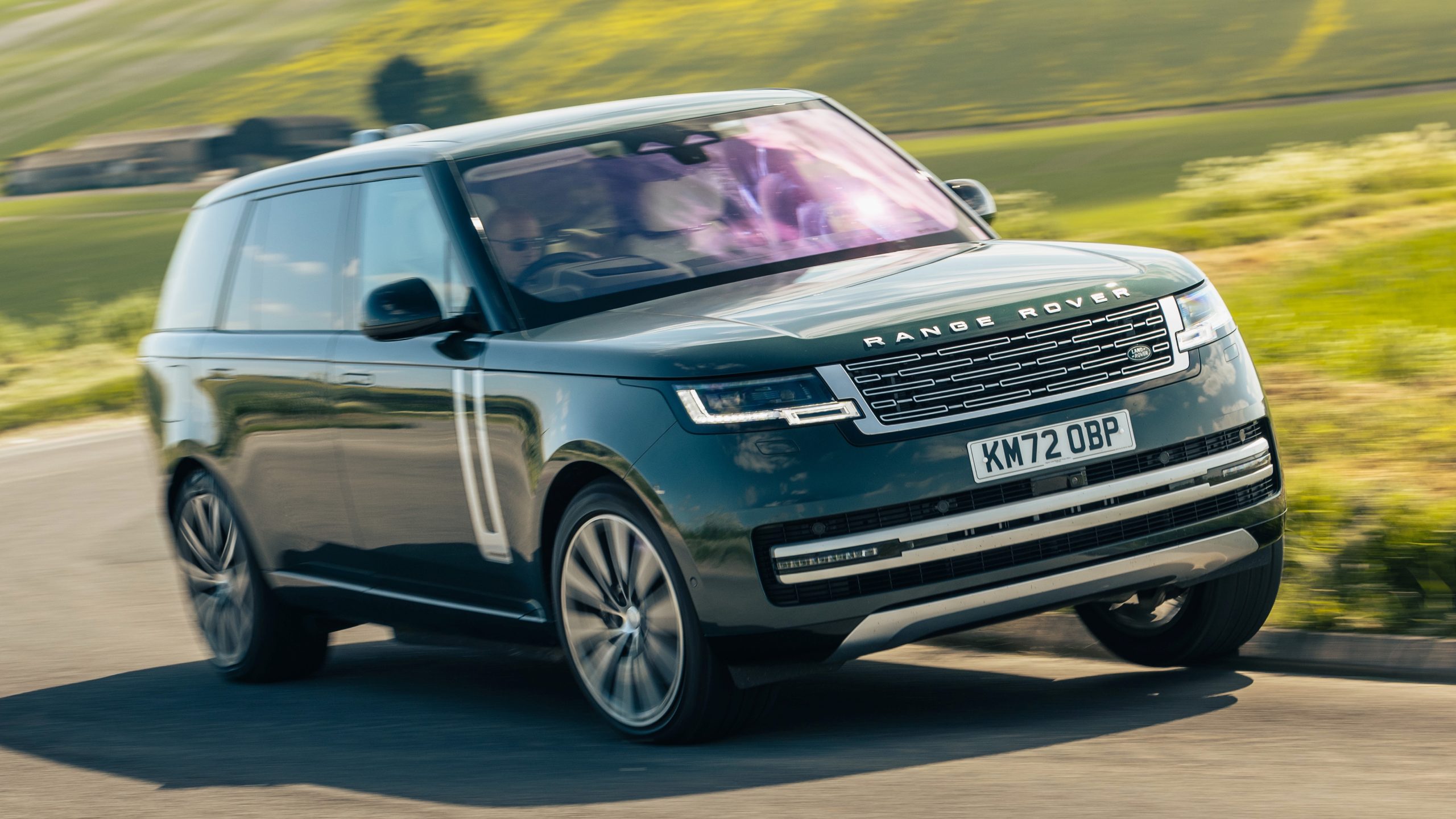
3. Land Rover Range Rover
The Land Rover Range Rover has a strong reputation for luxury and off-road prowess, but it is equally infamous for being an extraordinarily expensive vehicle to own and maintain over time. The initial cost is just the beginning; what follows is a consistent pattern of costly repairs and maintenance that can overwhelm even the most dedicated owners.
These vehicles are laden with sophisticated electronics, air suspension systems, and complex drivetrain components that are prone to failure. Repair bills for the Range Rover can easily run into the thousands, even for relatively minor problems, due to the high cost of parts and specialized labor.
Range Rovers are notorious for their unreliability, especially as they age beyond five to seven years. Owners frequently report issues with the electrical system, including problems with infotainment, sensors, and dashboard instruments. Air suspension failures are also common, often requiring expensive replacement of compressors or struts.
The complexity of these systems means that even routine maintenance often turns into an expensive ordeal, and unexpected breakdowns can lead to days without a vehicle while repairs are being performed. This unreliability drives not only up maintenance expenses but also contributes to loss of income or inconvenience if the vehicle is needed for work or daily errands.
Fuel economy is another financial pain point for Range Rover owners. These luxury SUVs are equipped with large engines—often supercharged V8s—that deliver impressive power but poor mileage. Combined with heavy curb weights and all-wheel-drive systems, they tend to consume gas at a voracious pace.
For those who drive regularly, this means frequent fill-ups and a consistently high monthly fuel bill, which can strain budgets, especially in areas with high fuel prices or long commutes.
Lastly, depreciation for the Range Rover is brutal. These vehicles lose value at an accelerated rate compared to other luxury SUVs due to their high maintenance costs and reliability reputation. Owners often face significant negative equity if they finance their purchase, making it difficult to recover their investment.
Insurance premiums are also substantial, given the vehicle’s value and repair costs, adding yet another layer of ongoing expenses. When all these factors are combined, owning a Range Rover becomes a costly daily experience where the financial burden far outweighs the prestige and comfort it provides.
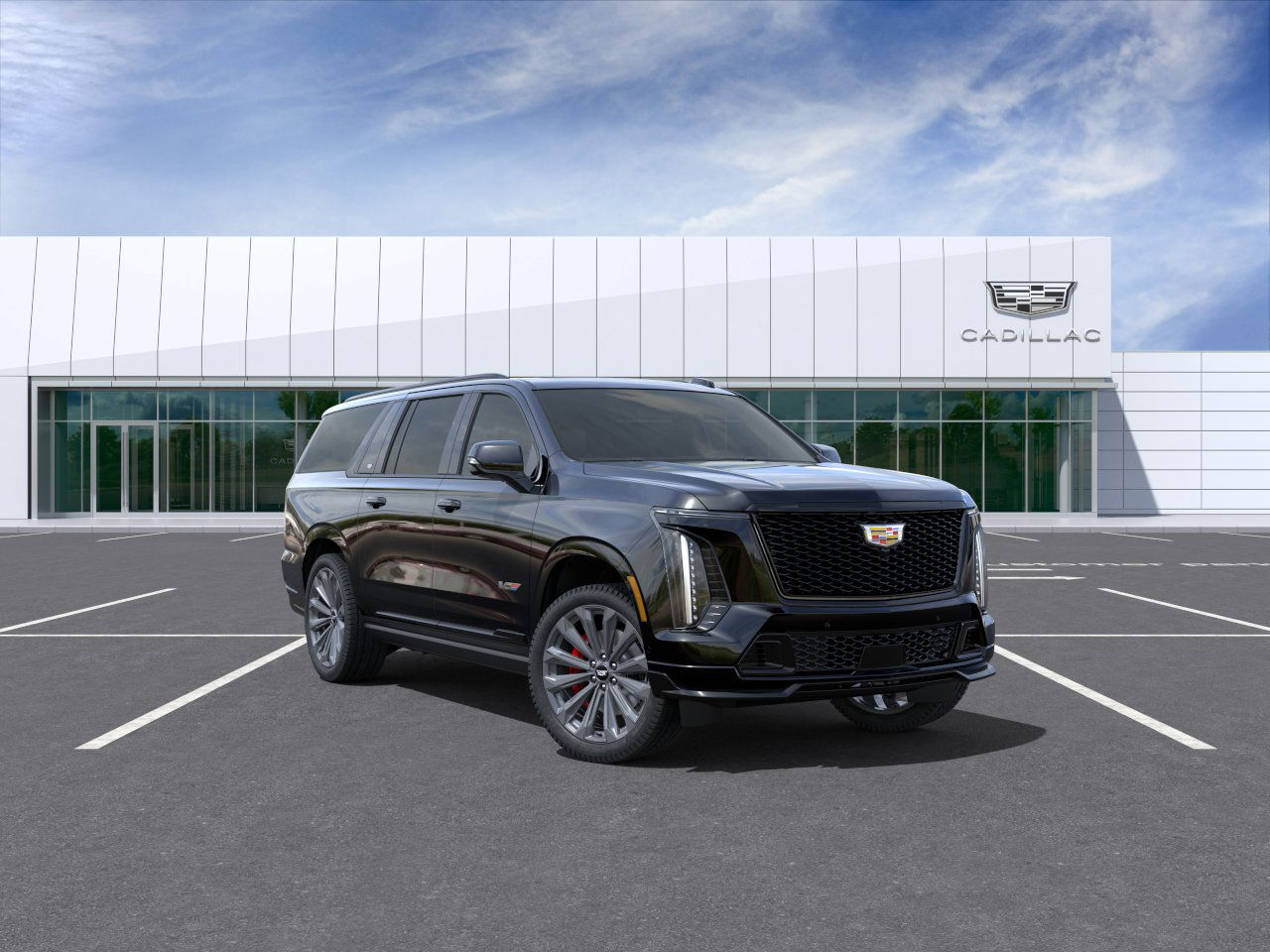
4. Cadillac Escalade
The Cadillac Escalade has been an icon of American luxury SUVs for decades, but it is also infamous for its high ownership costs that chip away at your finances every day. From the moment you buy an Escalade, you’re committing to a vehicle with a steep depreciation curve.
Large luxury SUVs like this often lose their value rapidly in the first few years, sometimes shedding 40-50% or more of their purchase price within just a handful of years. This depreciation can turn a prized possession into a financial liability if you decide to sell or trade it in.
Escalades are also notoriously expensive to maintain. Their size and complexity mean that routine maintenance tasks are pricier than in smaller vehicles. Brake replacements, tire changes, and oil changes all cost more, given the larger parts and labor time required.
Beyond routine service, the Escalade’s complex electronics and high-tech features can cause issues that lead to costly repairs. Components such as air suspension, infotainment systems, and advanced safety technology often fail or require expensive software updates and recalibrations, pushing maintenance bills to uncomfortable levels.
Fuel consumption is another significant factor that makes the Escalade expensive to own daily. Its powerful V8 engine, while impressive in performance, is extremely thirsty. It tends to consume large amounts of premium gasoline, making every trip to the pump a costly affair.
For daily drivers, or those with long commutes, this fuel appetite translates into hundreds, if not thousands, of dollars spent annually just keeping the vehicle on the road. Fuel prices fluctuate, but the Escalade’s poor mileage ensures that fuel costs remain persistently high regardless.
Insurance premiums for the Escalade are also above average, reflecting the vehicle’s high value and expensive repair costs. Larger vehicles often carry higher liability risks and are more expensive to insure. This premium can add several hundred dollars to your annual expenses. Taken together, the steep depreciation, high maintenance and repair costs, heavy fuel consumption, and insurance premiums mean the Escalade is a vehicle that takes a continuous toll on your finances every single day of ownership.
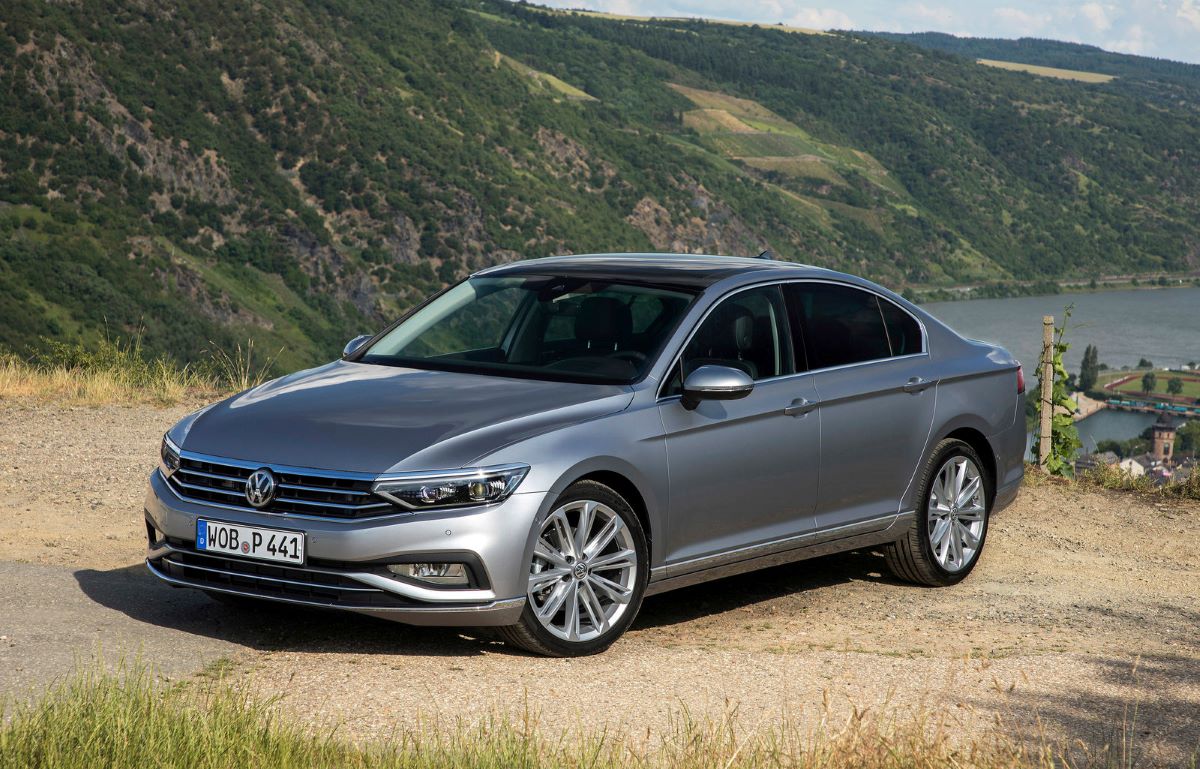
5. Volkswagen Passat (Older Models)
The Volkswagen Passat, particularly in older model years from the early 2000s to mid-2010s, is an example of a mid-size sedan that often costs owners more money than they expect over time. While it offers European styling and comfortable interiors, many Passats from this era are plagued by reliability issues that lead to frequent repairs and maintenance expenses.
Engine troubles, transmission failures, and electrical glitches are common complaints, which can quickly escalate repair bills. The cost and frequency of these repairs often catch owners off guard, turning what seemed like a practical choice into a financial burden.
Fuel economy is not the Passat’s strong suit, particularly with larger engines and all-wheel-drive configurations. Owners often find themselves filling up more frequently than anticipated, especially in city driving or highway cruising at higher speeds.
Over the span of a year, this additional fuel consumption adds up, making the car less economical than initially perceived. While it doesn’t consume gas as heavily as some large SUVs or performance cars, it still lacks the efficiency of rivals from Honda or Toyota, further contributing to ongoing expenses.
Depreciation for older Passats tends to be steep as well. These vehicles do not retain their value well due to their reputation for costly maintenance and frequent repairs. When owners attempt to sell or trade their Passats, they often find themselves with offers far below what they expected, resulting in negative equity situations if they are still financing the car. This poor resale value means that ownership costs are effectively higher when spread out over the lifespan of the vehicle.
Insurance costs for the Passat can be moderate, but the risk of breakdowns and repairs also means that some owners face increased premiums over time, especially if the car has a history of claims.
The combination of high maintenance costs, mediocre fuel economy, rapid depreciation, and insurance impacts means that the Volkswagen Passat, while an attractive sedan on the surface, often costs owners money daily in unexpected ways.
ALSO READ: 5 Pickups With the Best Factory Running Boards and 5 Needing Aftermarket
After taking a close, realistic look at ten vehicles—five that earn and five that cost—it becomes abundantly clear that not all cars are created equal when it comes to financial impact. Some vehicles are engineered not only to transport you efficiently but to minimize ongoing expenses, maintain their value, and even generate income opportunities.
Others are engineered for luxury, performance, or prestige—but at the cost of long-term financial strain. Understanding this distinction can be the difference between owning a vehicle that supports your financial goals versus one that continuously undermines them.
The vehicles in the “earning” category—like the Toyota Prius, Honda Civic, Toyota Tacoma, Subaru Outback, and Ford Transit Connect—have demonstrated time and again that good design, durability, and practicality lead to long-term value. These cars may not always be the most exciting or luxurious, but they do what they’re meant to do with consistency and reliability.
They require fewer repairs, consume less fuel, and hold their value in the used market. More importantly, they offer owners a sense of control over their automotive expenses, turning the car from a money pit into a long-term partner. For those using these vehicles in professional capacities—ridesharing, delivery work, small business operations—they are more than just machines. They’re tools that actively contribute to an income stream.
Compare that to the other side of the spectrum. Cars like the BMW 7 Series, Jeep Grand Cherokee (older models), Range Rover, Cadillac Escalade, and Volkswagen Passat (certain years) often come with higher purchase prices, higher maintenance costs, lower fuel efficiency, and steeper depreciation curves.
While these cars may provide a luxurious ride or eye-catching aesthetic, they extract a high price in the form of constant upkeep, expensive insurance, and unreliability. They may offer moments of driving pleasure or social prestige, but those moments often come at the expense of long-term financial well-being. What’s worse, the problems often escalate over time. As the vehicle ages, repairs become more frequent and more expensive, insurance costs rise, and resale value plummets, leaving the owner stuck with a money-losing machine.
What’s crucial to recognize is that many of the financial pitfalls of car ownership are avoidable with the right mindset and a little research. It’s easy to be dazzled by a luxury brand, a sleek exterior, or an advanced infotainment system, but these are short-term pleasures.
The long-term costs—mechanical reliability, fuel consumption, insurance, depreciation—are what really determine whether a vehicle is a smart investment or an ongoing liability. A sensible vehicle doesn’t have to be boring, but it should be dependable and financially manageable. Those qualities ultimately bring more satisfaction over time than any flashy badge or gadget ever could.
It’s also important to remember that a car is a depreciating asset, not a wealth builder—unless it helps you make money directly, such as with gig work or a small business utility. That’s where vehicles like the Ford Transit Connect or Toyota Tacoma shine—they serve as functional tools that allow you to produce value.
If you’re a contractor, courier, mobile service provider, or rideshare driver, these vehicles aren’t just economical; they become integral to your daily income. Their design and durability help you operate more efficiently and profitably. When your car enables you to earn without draining your budget, it becomes an economic multiplier.
Ultimately, car ownership should be empowering, not stressful. Your vehicle should serve your lifestyle and financial goals, not work against them. The key to that balance lies in understanding the true cost of ownership, not just what you pay upfront, but what you’ll continue to pay over the years in fuel, maintenance, insurance, and lost resale value. The cars that “earn” do so by being reliable, efficient, and versatile. The cars that “cost” do so through hidden, creeping expenses that wear you down over time.
So, whether you’re a first-time buyer, a growing family, an entrepreneur, or someone considering a trade-in, ask yourself the following: Is this car going to help me build or maintain financial stability, or will it slowly bleed my wallet dry?
The answer might not be in the horsepower or the badge on the hood, but in the track record of what that vehicle will cost you, not today, but every day after. Choose wisely. Because when it comes to cars, the smartest choice is the one that keeps giving back long after the odometer starts to climb.
